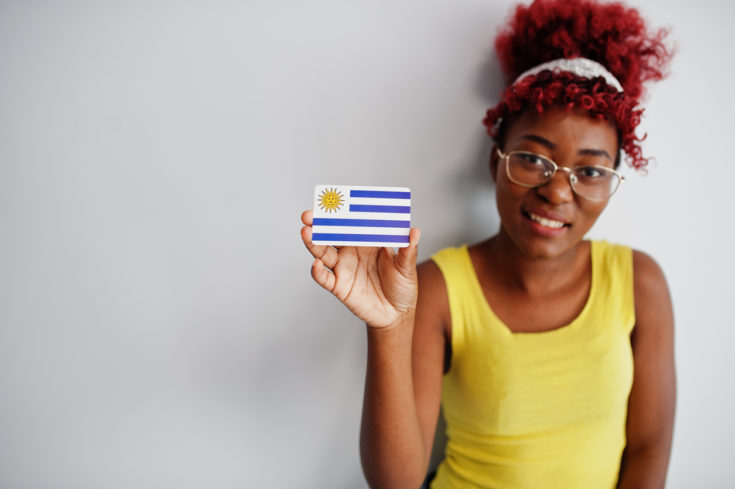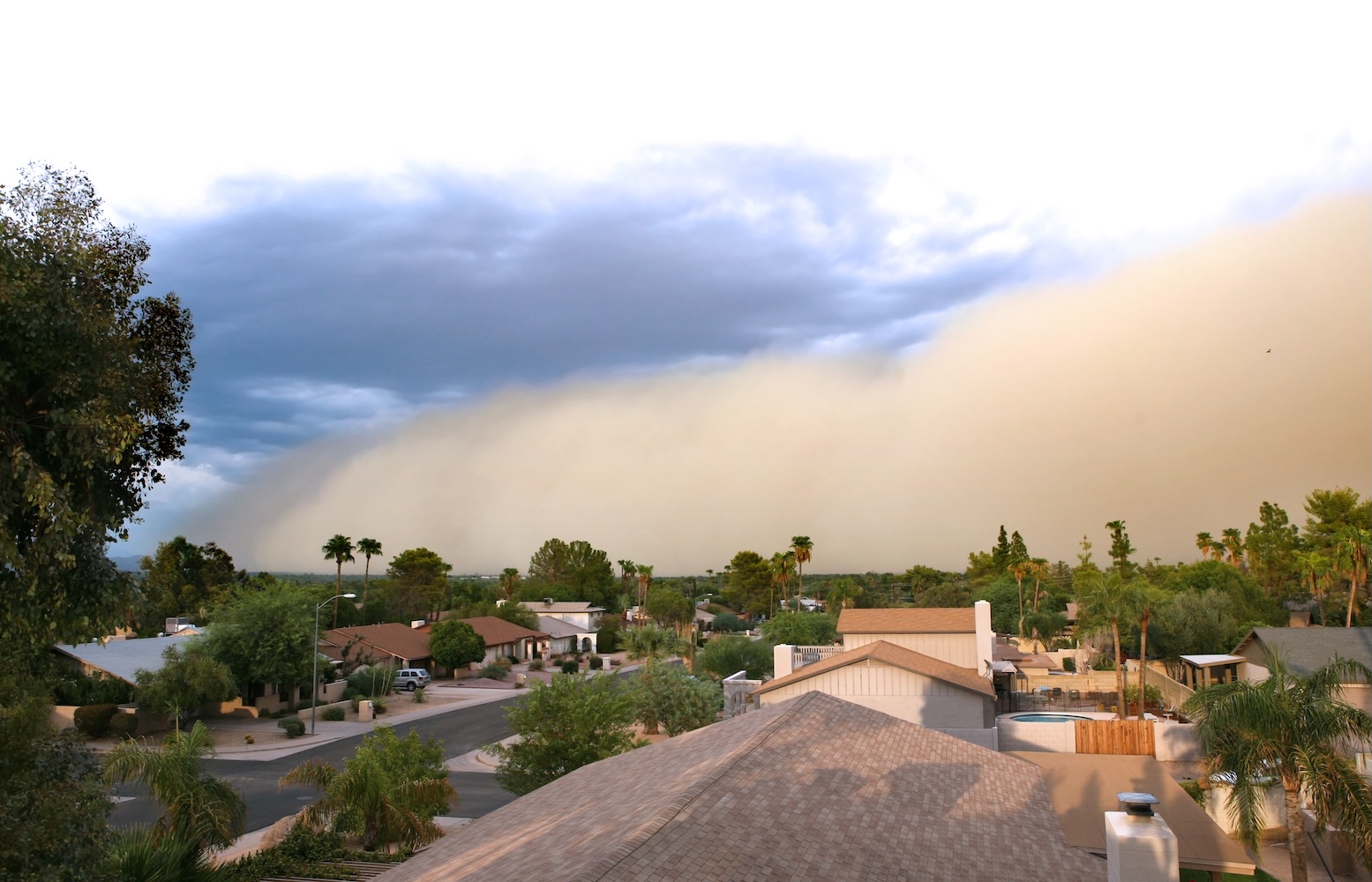Uruguay, one of the smallest countries in South America, is home to hundreds of thousands of people of African descent. The North American Congress on Latin America (NACLA) believes that little is known about the Afro-Uruguayan population because of the country’s history of creating “a myth of racial homogeneity,” which means the Black and indigenous populations have been silenced.
There was a time, however, in Uruguay’s history where Afro-Uruguayans came together to advocate for policies for those of African descent because of the Partido Autóctono Negro or Black Native Party (BNP). Historians believe that if the political group would’ve survived its problems in the 20th century, then Afro-Uruguayans would have already achieved what the more than 300,000 are seeking: acknowledgement and recognition.
The party was founded in 1936, historian George Reid Andrews, explains in his book. The group was formed together during a time of “intellectual progress” made by the newspaper Nuestra Raza which translates to Our Race. The newspaper was founded in Maldonado in 1917 and rwas eportedly spearheaded by María Esperanza Barrios, a Black Uruguayan woman, and her brother, Ventura Barrios.
When María died in the 1930s, the publication moved to Montevideo, Uruguay’s largest and biggest city. It was also home to the largest Afro-Uruguayan population. Here is where María’s other brother, Pilar Barrios and Afro-Uruguayan activist, Elemo Cabral took over the publication. This was a pivotal time for the paper and Black people in the country as it served as a critical voice for the failures of the country when it came down to race and class.
In 1936, the popularity generated by the men and their newspaper led to the founding of the BNP, as reported in Face2Face Africa. Uruguay’s Electoral Court recognized the BNP in 1937, and that’s ultimately what created a movement and an action plan towards seeking the interests of Black Uruguayans.
The BNP was pro-Black and anti-fascist. They were in support of wealth redistribution and against imperialism.
IN 1938, the BNP selected 10 of its members, including Pilar, during its national convention to run for office. But when the elections rolled around, many Black Uruguayans voted for the other two traditional political parties: the Partido Nacional, the National Party, or the Colorado Party. The BNP received a total of 87 votes.
The BNP never recovered from defeat and in 1941, the group broke up into two factions, both claiming they were the original BNP. The Electoral Court determined in 1942 that it could not identify the original political party. In that same year, there was another blow as the leader of the factions, Mario Mendez, died. His death reunited the two factions but the BNP dissolved in 1944, and the party’s properties were donated to Nuestra Raza, the paper that had birthed it all.
Since then, there has never been another pro-Black political party in Uruguay.





